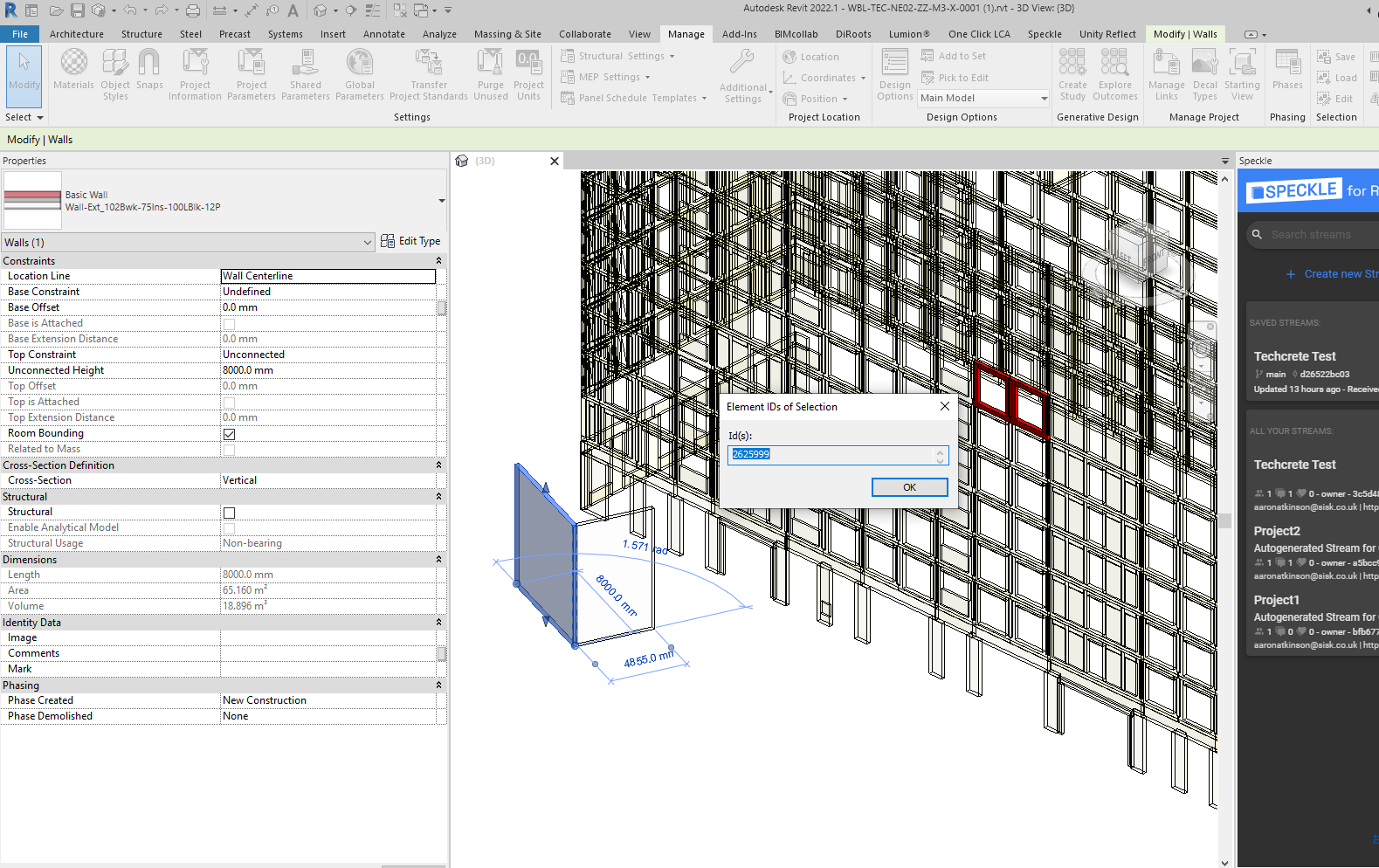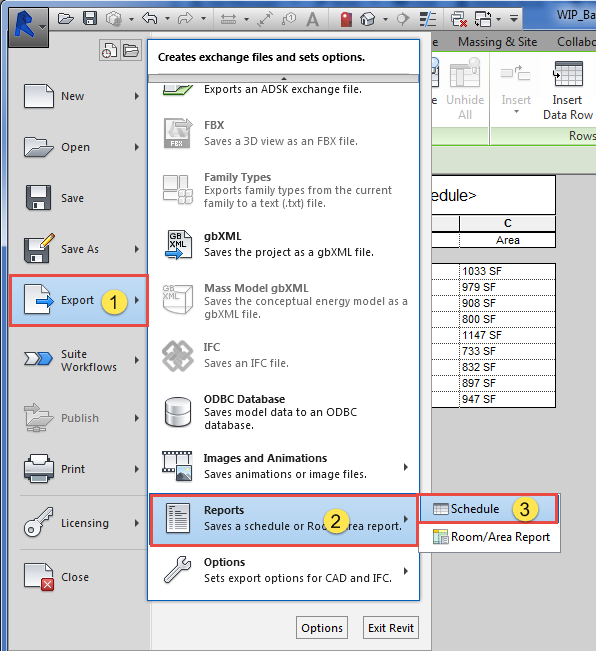Revit Tools: Your Secret to Precision and Performance
Wiki Article
Revit Accelerator: Excel Combination Methods for Enhancing Performance and Cooperation
In this write-up, we will certainly explore the advantages of integrating Excel into your Revit process. Plus, we will share finest practices for seamlessly integrating Excel right into your Revit tasks. Obtain ready to supercharge your Revit experience with our Revit Accelerator: Excel Assimilation Strategies!Advantages of Excel Combination in Revit
The advantages of Excel combination in Revit are various and can greatly enhance productivity and partnership. By flawlessly attaching these 2 powerful tools, you can simplify your process and save important time. With Excel integration, you can conveniently import and export data between Revit and Excel, allowing you to take advantage of the staminas of both programs.
An additional benefit of Excel integration is the ability to develop dynamic schedules and reports. By connecting your Revit version to an Excel spreadsheet, any type of modifications made in Revit will automatically upgrade in the equivalent Excel file. This makes it simple to produce up-to-date timetables, quantity departures, and other project paperwork.
Excel assimilation in Revit also allows better partnership amongst employee. With the capability to import and export information, you can conveniently share information with coworkers who might not have access to Revit. This promotes reliable communication and enables for much better sychronisation and decision-making.
Enhancing Operations With Revit and Excel
Improving process with Revit and Excel can significantly boost effectiveness and collaboration. By incorporating these two effective devices, you can enhance your design process and enhance interaction within your group. With Revit, you can create 3D designs and produce in-depth architectural and design documentation. When it comes to information management and analysis, Excel is the best software application. By integrating the capabilities of Revit and Excel, you can perfectly move information in between the 2 applications, getting rid of the need for manual information entry and lowering the threat of errors.
Utilizing Revit and Excel with each other allows you to take advantage of the staminas of each program - revit tool. You can export data from Revit into Excel, where you can carry out complicated calculations, create graphs and charts, and evaluate the information in a much more orderly and reliable way. On the other hand, you can import data from Excel into Revit, enabling you to promptly upgrade your versions and documents based upon modifications made in Excel
The combination of Revit and Excel additionally promotes collaboration amongst employee. By sharing Excel documents, you can quickly interact and team up on style and construction-related data. This boosts control and makes certain that everybody is collaborating with the most current information.
Making Best Use Of Collaboration With Excel and Revit
To make best use of collaboration with Excel and Revit, you can flawlessly share and update design and construction-related information with your group. By integrating Excel with Revit, you can get rid of the requirement for manual information entry and decrease the danger of mistakes. With simply a few clicks, you can import Excel spreadsheets right into your Revit design, allowing you to easily gain access to and adjust the data. This assimilation allows you to collaborate a lot more efficiently with your group, as every person can work with the exact same data in real-time.Among the vital benefits of using Excel in conjunction with Revit is the capacity to upgrade information in both programs all at once. Any changes made in Excel will immediately be shown in Revit, and the other way around. This makes sure that every person is collaborating with one of the most up-to-date info, staying clear of complication and conserving beneficial time.
Furthermore, Excel provides effective devices for assessing and organizing information, which can substantially boost your partnership initiatives. You can create customized reports and graphes in Excel, aiding you to picture and connect important job details successfully. site web When providing data to stakeholders or making notified decisions based on task metrics (revit tools)., this can be especially valuable.
Advanced Methods for Improving Performance in Revit Utilizing Excel
By utilizing advanced methods in Revit, you can dramatically raise your productivity by leveraging the power of Excel. With Revit's Excel combination function, you can link Excel spreadsheets directly to your Revit version, allowing you to conveniently take care of and upgrade data.
Additionally, you can utilize Excel macros to automate repeated jobs in Revit (revit plugins). Macros allow you to record a collection of activities and play them back with a solitary click, saving you time and effort. You can produce a macro to automatically produce space routines or upgrade specification values in mass.
Best Practices for Excel Combination in Revit
Making Use Of Excel as a data administration device in Revit permits reliable management and upgrading of data. By incorporating Excel into your Revit operations, you can improve your processes and improve performance. One of the ideal methods for Excel assimilation in Revit is to produce a clear and organized information structure. This means designing your Excel spreadsheets with columns and rows that straighten with the parameters and groups in your Revit task. By doing so, you can quickly import and export data in go to website between Revit and Excel without any kind of confusion. Another ideal technique is to utilize formulas and features in Excel to automate calculations and information adjustment. This can save you time and guarantee accuracy in your data administration. Additionally, it pop over to this web-site is crucial to on a regular basis upgrade your Excel spreadsheets and sync them with your Revit job. In this manner, any kind of changes made in Revit will certainly be reflected in your Excel documents, and the other way around. By complying with these best practices, you can successfully use Excel as an information management device in Revit and boost your performance and collaboration.Verdict
In verdict, incorporating Excel with Revit can significantly boost productivity and partnership in the layout procedure. By taking full advantage of and streamlining process cooperation, groups can function more successfully and efficiently. Advanced techniques, such as making use of Excel solutions and macros, can further enhance efficiency in Revit. It is important to comply with ideal techniques to make certain seamless combination and stay clear of any potential problems. By leveraging the power of Excel, Revit customers can accomplish greater degrees of efficiency and partnership in their tasks.With Excel combination, you can easily import and export information between Revit and Excel, allowing you to leverage the staminas of both programs.
One of the vital advantages of Excel integration is the capability to utilize Excel solutions and features within Revit. By linking your Revit design to an Excel spreadsheet, any kind of modifications made in Revit will instantly upgrade in the corresponding Excel file. On the various other hand, you can import data from Excel right into Revit, allowing you to quickly upgrade your models and paperwork based on changes made in Excel.
With Revit's Excel combination attribute, you can connect Excel spread sheets directly to your Revit version, allowing you to easily handle and update data.
Report this wiki page